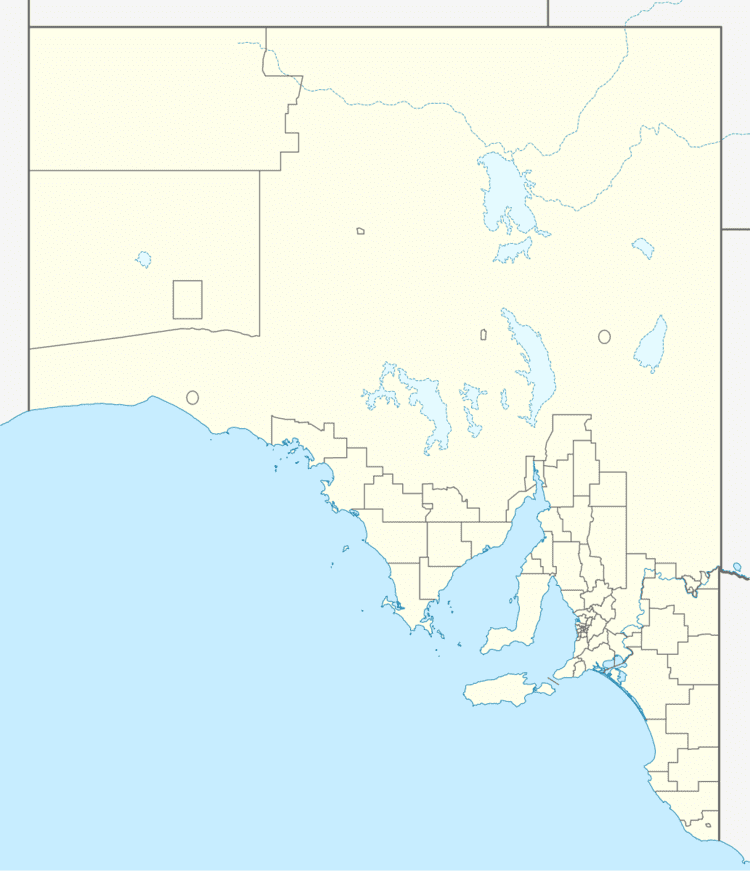Footnotes Coordinates | Established 1 August 1991 Area 88.8 km² | |
 | ||
Managing authorities Website Lake Newland Conservation Park Similar Laura Bay Conservation Park, Point Labatt Conserva, West Island Conservation Park, Pualco Range Conserva, Ironstone Hill Conserva | ||
Lake Newland Conservation Park is a protected area in the Australian state of South Australia located on the west coast of the Eyre Peninsula about 10 kilometres (6.2 mi) north of the town of Elliston. It was proclaimed in 1991 in order to protect Lake Newland, a hypersaline lake, and an associated wetland complex.
Contents
Description
The conservation park is located within the gazetted localities of Elliston, Colton and Talia (from south to north).
It was proclaimed in 1991 with some additional land being added in 1996.
Land within the conservation park has a relatively recent geological history, with Holocene sand-dunes creating a barrier between the Southern Ocean and a depression in the Bridgewater Formation of Pleistocene limestone that is common throughout the western Eyre Peninsula. The dunes continue to encroach on the lake, lagoons and other wetlands in the park which are also fed by freshwater springs in the limestone. Average annual rainfall (recorded at Elliston) is 427 millimetres (16.8 in).
The conservation park is named after the lake which itself was named by Edward John Eyre for his friend and travelling companion Richard Francis Newland.
It is classified as an IUCN Category Ia protected area.
Vegetation
The conservation park contains mobile sand dunes and sub-coastal wetlands. The vegetation includes areas of previously cleared land with patches of regenerating drooping sheoak woodland and scattered native shrubs. The lake margins are dominated by salt-tolerant Sarcocornia and Tecticornia species. The coastal shrublands that cover much of the reserve are mainly composed of coastal daisybush, with coast beard-heath, seaberry saltbush, long-pod wattle, coastal umbrella bush and cockies tongues. The foredunes behind the beach contain Spinifex hirsutus grassland as well as coast saltbush and knobby club-rush. Swales are characterised by swamp paperbarks and dryland tea-trees over salt-tolerant shrubs.
Important bird area
The full extent of the conservation park is overlapped by an Important Bird Area (IBA) known as the Lake Newland Important Bird Area. The IBA which is a non-statutory arrangement has been identified by BirdLife International because it regularly supports over 1% of the world population of Cape Barren geese, as dry-season visitors from their offshore island breeding grounds, and significant numbers of fairy terns and hooded plovers. Slender-billed thornbills also occur in the park.
